Norway spruce Nidiformis
Conifers have long won the recognition of landscape designers and garden lovers alike. They are relatively unpretentious, do not require much attention to themselves, at the same time they always look decorative, most often without losing their elegant, fresh look, even in the winter cold. A huge number of varieties have been bred, often strikingly different in appearance from that familiar Christmas tree, the image of which entered our consciousness in childhood. Now we will tell you about one of these unusual spruces, the name of which is displayed in the title.
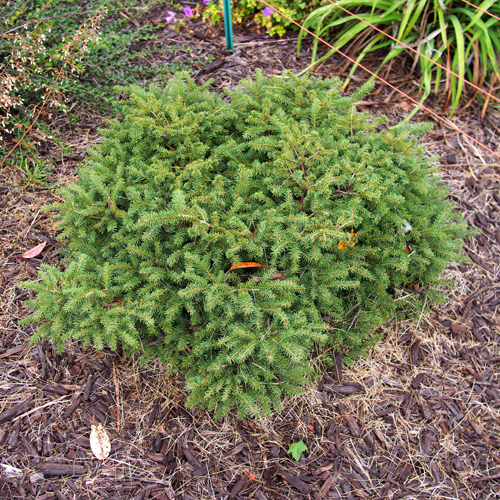
A little about the origin
It is known that this variety appeared relatively long ago, in 1904. He was bred in Germany, in the then popular Rulemann-Grisson kennel (Hamburg). For some time, the new variety had only a registration number, but two years later Baysner came up with the name Nidiformis (Picea abies Nidiformis) for it. And in 1907, our heroine first appeared at the exhibition and was introduced to the trade network.
For some time, the variety was popular in Europe, but during the war years, the demand for it fell and began to revive only in the 70s. In the past two decades, the variety has been at the peak of its popularity.
Description of appearance
This is a dwarf species of spruce that looks like a huge bird's nest. Its crown is round, squat, rarely grows more than one meter from the ground. But the width is always greater, as a rule, about two meters, although occasionally it can reach three meters in size.
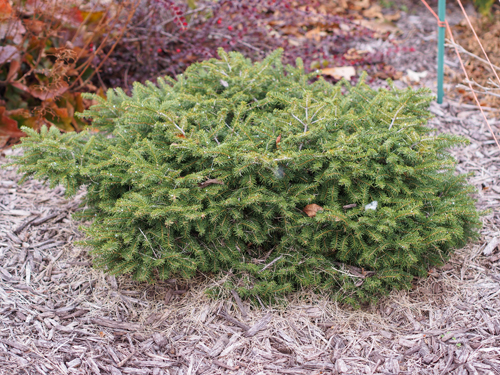
With age, growing, the spruce crown forms a characteristic depression inside, which gave us the right to compare it with a bird's nest. This exotic form arises because the plant does not have a central conductor, a trunk, which would lead the growth process. Shoot twigs grow fan-shaped, to the sides and up, evenly and extremely slowly. One has only to say that the width of the annual growth is 5-8 cm, and even less in height.
Numerous shoots, located very densely. The needles are also unusually thick, about a centimeter in length. The needles end with a sharp end, but to the touch it is not prickly, pliable. Therefore, Nidiformis looks like a dark green pillow, slightly flattened in the central part. From a distance it seems that it is soft and fluffy - you just want to lie down!
Use in landscape design
Of course, gardening experts could not ignore such an unusual plant! It is beneficial to use it in the following cases:
- for fencing low curbs, if the area allows;
- for use in compositions of "stone gardens", as well as for decorating plots in the Japanese style;
- on lawns, as a single tree or in a group of several specimens;
- as part of green compositions in the foreground.
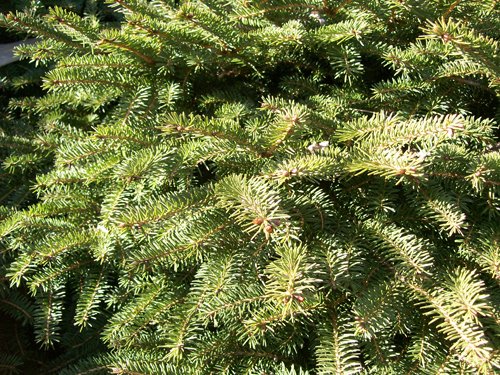
This spruce belongs to plants that, with their appearance, involuntarily attract the attention of others. Focusing on the gaze of people, Nidiformis, as it were, "conveys" the viewer's interest to that group of plants, of which it is a part, or to that corner of the garden where it grows. Thus, among other things, it acts as a kind of "landscape bait".
Care features
Such an unusual ephedra has its own characteristics that should be taken into account when organizing its cultivation.
Soil
First of all, it is worth noting the rejection of the waterlogged land by the variety. Many ate do not like stagnation of moisture in the soil, but this one in particular. Therefore, when planting it, a good drainage layer is necessarily organized at the bottom of the pit. This property gives the tree certain advantages, it can develop successfully in rather arid conditions, which, as you know, conifers generally do not like. It grows best on sandy soils, flavored with humus, and also well on loam, if only the necessary drainage is organized. Summing up, we can say that this spruce's soil requirements are modest, with the exception of the attitude to moisture.
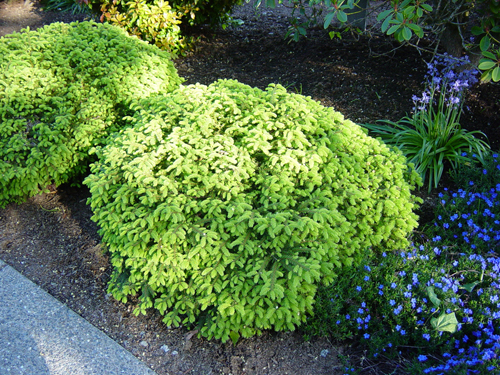
Illumination
And in this component, Nidiformis is slightly different from its coniferous counterparts.It tolerates a lack of lighting, it can grow in such shaded places where other spruces do not develop well. But this does not mean at all that she does not like sunlight! It is in areas where the direct sun shines 2-3 hours a day that its specimens look most impressive.
Frost resistance
One of the most resistant to low temperatures. According to the US Department of Agriculture (USDA), it grows successfully in zones 3 to 7, withstanding frosts down to -40 °. True, in young years in the northern zones it still requires shelter - tender shoots can be damaged by winter chills. It tolerates mild, frost-free winters and (especially!) Hot summers worse.
Attention! For the winter, the crown of this variety should be strengthened from below with supports, since a lot of snow accumulates in the natural "nest" of its crown, which can sometimes break off branches.
Pruning
In general, a slow growing crown does not require much pruning. Nevertheless, it is worth paying attention to individual shoots, which can significantly outstrip the others in growth, thus standing out from the general rounded contour. These "hurrying" branches should be shortened.
Occasionally it is necessary to remove old, half-dried branches that inevitably appear in the crown. All pruning is done at the beginning of summer, when the period of active sap flow ends.
In conclusion, I would like to say that if the first decade of this spruce's life has passed successfully, in the future it will be a completely non-capricious, beautiful tree that can grow in one place for at least two centuries!

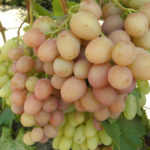
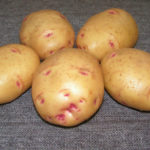
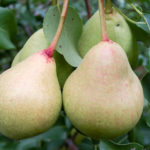
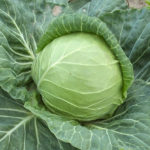
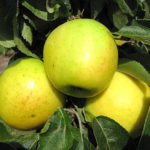



This "Christmas tree" has been growing for me for the fifth year, and acquired it at the age of three. Annual growth is very small - new branches are rarely longer than 3 - 4 cm (I read that in the future growth may accelerate a little). The spruce winters well, without additional shelter, but with the first hot days in May-June there were problems - my nidiformis got burned and since then I shade it a little during this period. In general, the appearance of this "pad" is very pleasant - it pleases the eye and decorates the site. Looks good in composition with other small conifers of different shapes and colors.